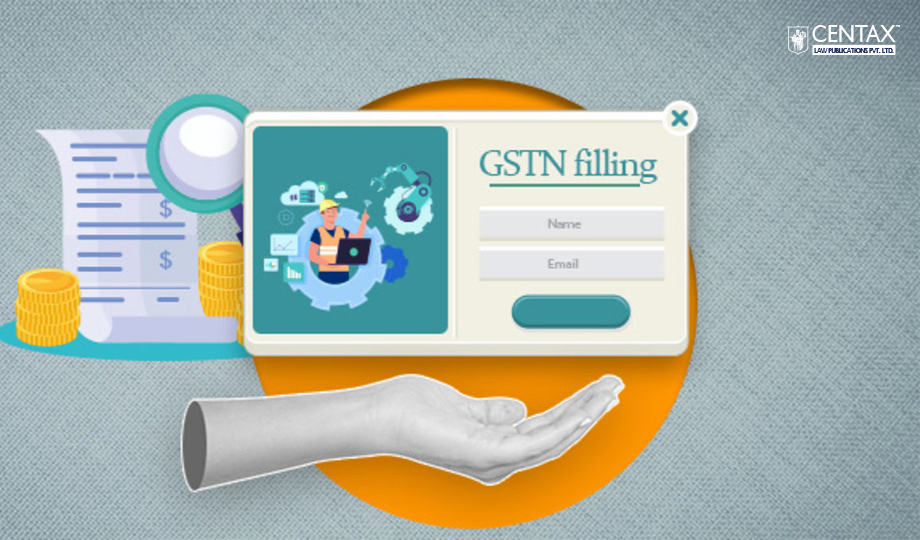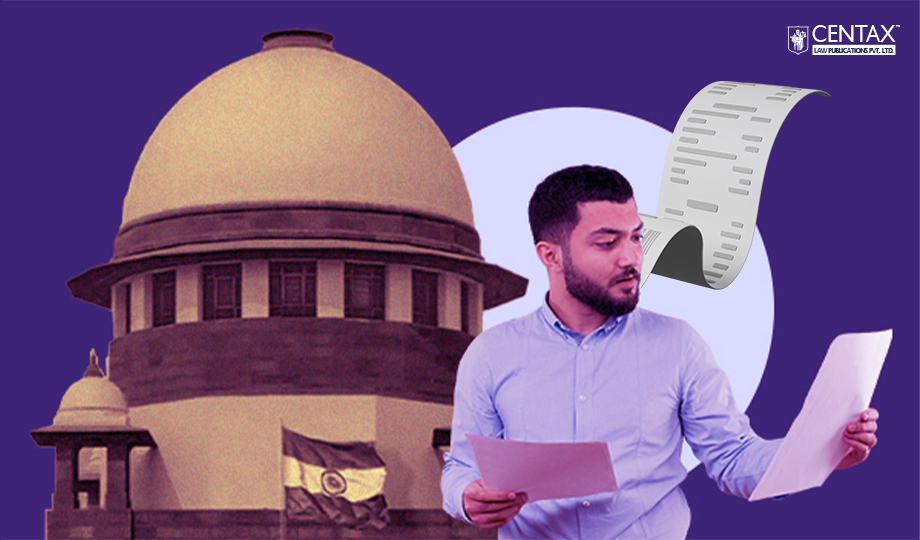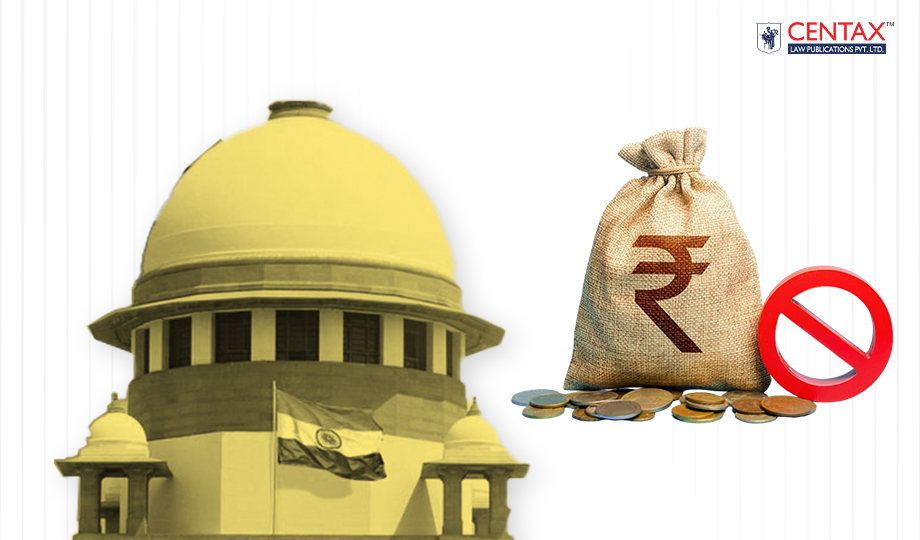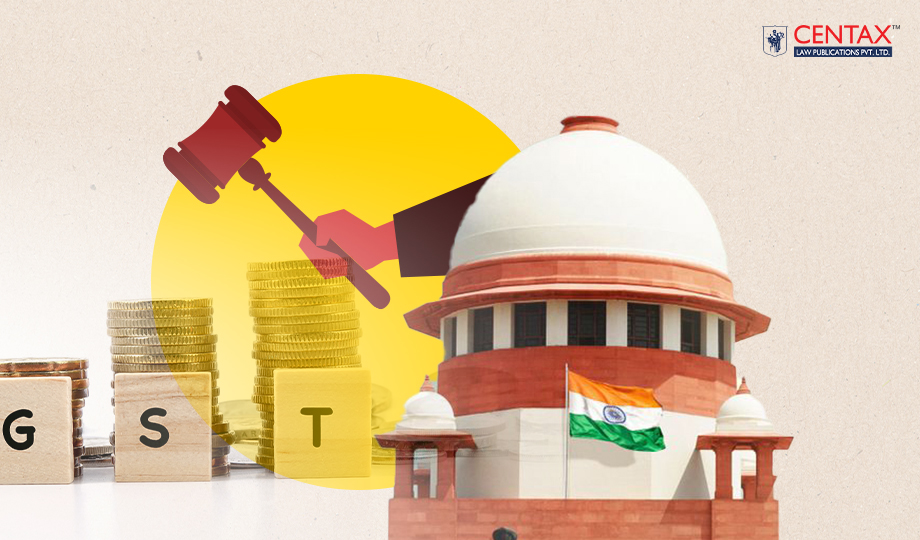
GST Advisory, Dated 25-09-2025
1. Introduction
The Goods and Services Tax Network (GSTN) has recently issued an important advisory to taxpayers regarding the filing of GST returns. This advisory comes in the backdrop of amendments introduced by the Finance Act, 2023, which became effective from 1st October 2023, through Notification No. 28/2023 – Central Tax dated 31st July 2023. The purpose of the advisory is to ensure that taxpayers are aware of the new statutory time limits for filing their GST returns.
2. Three-Year Filing Limitation
As per the amended provisions, taxpayers are now restricted from filing any GST return after a period of three years from its original due date. This limitation is a significant change in compliance norms, as earlier taxpayers could attempt to file delayed returns even after considerable time had lapsed, often leading to administrative challenges and irregularities in compliance. The move seeks to bring greater discipline and finality to the return-filing process.
3. Returns Covered Under the Restriction
The restriction applies across multiple types of returns under the GST framework. Specifically, the advisory mentions that the time limit will govern returns under Section 37 (Outward Supply), Section 39 (Payment of Liability), Section 44 (Annual Return), and Section 52 (Tax Collected at Source). Accordingly, forms such as GSTR-1, GSTR-1A, GSTR-3B, GSTR-4, GSTR-5, GSTR-5A, GSTR-6, GSTR-7, GSTR-8, and GSTR-9/9C all fall within the purview of this limitation. This ensures uniform applicability across different categories of taxpayers, whether regular, composite, or non-resident.
4. Final Window for Pending Returns
The advisory also clarifies the cut-off implications in practical terms. Any return whose due date has already lapsed by three years or more, if still pending, must be filed on or before the October 2025 tax period. Beyond this timeline, such returns will be permanently blocked from filing on the GST portal. This measure creates a final compliance window for pending old returns, after which taxpayers will lose the ability to regularize them.
5. Conclusion
In conclusion, the GSTN advisory serves as both a reminder and a warning to taxpayers to act promptly. By setting a firm outer limit for filing, the government aims to strengthen compliance, improve data accuracy, and reduce litigations arising from belated filings. Taxpayers are therefore advised to review their records immediately and ensure that any pending returns within the three-year window are filed without delay, thereby avoiding complications in the future.


















